You Can’t Do Anything If You’re Dead
Women experience heart attacks differently than men. Men have the “Hollywood” attacks we see in movies: pain in the left arm, clutching the chest, collapsing.
I had none of those signs.
But I did have signs.
I was scheduled to be the spotlight speaker for one of my networking groups. Because I’d done this compelling talk before, I knew it would convince people to sign up for my writing class.
At six-thirty that morning, I began preparing for my talk. My fingers and toes were icy cold. I was tired and hadn’t been sleeping well, but I’d been chalking it up to any number of things: a poor dinner choice the night before, a case of nerves, or maybe sleep apnea.
I began packing up my handouts and props. I still needed to make copies and find business cards. I also needed to gather crayons and drawing paper for the coloring exercise. As I wrote my speech notes onto blue index cards, I was breathless. My collarbone ached as if it were being pinched.
I planned to arrive at the lunch meeting at eleven o’clock to set up my props. While loading the supplies into my SUV, I noticed I was winded even from that level of effort.
The meeting was being held at a local restaurant. At the restaurant, tables were set up in a hollow square formation to accommodate forty or more people. I took an end seat so I could get up easily to do my presentation. I heard the buzz of conversation around me and noticed my mouth was dry. I asked the waiter for some water.
The microphone came out. The leader explained it wasn’t working well. He instructed us to hold it tightly and put it directly in front of our mouths when we spoke. I watched as others struggled to get through their 30-second elevator speeches without the mic crackling or cutting out.
It was my turn. I stood at the front—all eyes were on me—and laid out my note cards in front of me. Then I grasped the microphone for dear life.
Despite the static coming from the mic, I talked easily for ten minutes, though I realized I was getting short of breath. I dismissed it as speaking too quickly or forgetting to breathe between sentences.
My heart started pounding. This was (I thought) probably because I was holding my breath—until it pounded faster, and I mean really pounded. It took everything I had to appear calm and composed. After all, I was giving a speech!
I started feeling lightheaded, to the point of dizziness. While the group got busy on the crayon exercise, I clutched the back of a chair to steady myself. I relaxed my tight grip on the microphone, breathed deeply, and tried to regain my composure. I walked around the square of tables, looking at the drawings people were making. This seemed to calm my heart.
At the end of my time, I took a few questions and sat down just before the room started to spin. Immediately, sweat formed at my hairline and trickled down my forehead, like a menopausal hot flash. I dabbed at my forehead with a napkin, desperate to be “fine.”
A friend noticed that all the color had drained from my face. She brought me more water. The waiter brought me Sprite. They wanted to call 911, but I resisted.
“No! I’m fine. Just feeling a bit woozy. . . .”
I figured I’d been standing for too long, hadn’t eaten my lunch—a hundred excuses!
I sensed I might pass out, and I wanted to lie down, but there was nowhere I could do that.
I kept saying, “I’m fine. Honest, I’m fine.” Finally, after drinking lots of water and using more napkins to mop up the cold sweat pouring from my scalp, I felt somewhat recovered.
Knowing I couldn’t drive in this condition, I called my husband to come and take me home. There, I lay on the couch, very still, and googled my symptoms. Anxiety attack. That explained everything! Somehow, this made me feel better, even though I couldn’t imagine what I might have been anxious about. But anxiety had to be it.
I rested, ate dinner, and went to bed, confident I’d be fine the next day.
– – – –
Friday, February 9, 2018.
I awoke with a head full of plans and a long to-do list. Among other things, I needed to go to the grocery store to buy food and snacks for my writing class on Saturday.
First, though, I wanted to get cleaned up. In the shower, raising my arms to wash my hair felt like such an effort. I was quickly out of breath. With a towel wrapped around my head, I put on my fuzzy robe and lay down on the bed until my breathing returned to normal.
Blow-drying my hair caused the same effect. So, back to bed I went, lying down for the second time that morning—and it wasn’t even eight o’clock. My thoughts raced.
This is unacceptable. I have too much to do to be lying down every five minutes!
Determined to push through and prepare for my Saturday writing class, I charged off to the grocery store. I knew exactly where to find all my favorite foods for the class. Veggie tray, crackers, cheese, fruit . . . but in the cookie aisle, it hit me. I reached for a pack of gourmet cookies, and they fell to the floor. As I bent down to retrieve them, I knew I’d faint if I leaned all the way down.
I left the cookies on the floor and retreated to the register to check out.
My legs felt so heavy, I could barely move. Thinking a jolt of sugar and caffeine would pick me up, I grabbed a cold soda and gulped it down.
As if moving through syrup, I slowly loaded my bags of groceries into the back of the SUV. I was short of breath again, and the pain in my collarbone was now constant.
After I got home, I finally gave in and called my primary care doctor.
“Sorry, he’s out of town,” said the nurse who answered the phone.
“Is someone covering for him? Who can I see?”
Her answer was short.
“Call your cardiologist. Or go to the nearest emergency room.”
“I can’t go to the ER,” I wailed. “I have too much to do!”
Her reply haunted me for months.
“You can’t do anything if you’re dead.”
Feeling the Breeze on My Face
Thankfully, I did have a cardiologist to call. It had been ten years since my last visit, but the receptionist found my file. She told me the doctor could work me in at one o’clock that day. I called my husband Tomas and we drove there together.
Soon I was hooked up to an EKG. The tech shook his head as he watched the needle move. The associate doctor came in, looked at the machine, and frowned. Dr. Marshall, the head doctor, entered the room. As they all stared at the machine, I knew something was up.
Dr. Marshall looked at me. “Susan, you’re having a heart attack.”
What?
It can’t be.
I thought he would just give me blood pressure pills and send me on my way.
Terrified, I looked over at my husband. Tomas looked terrified, too.
“You need to go to the ER—NOW.”
Things happened fast.
The tech gave me a baby aspirin, and the associate doctor gave me nitroglycerin under my tongue. I heard Dr. Marshall on the phone swiftly making arrangements for me.
Oh, God, I prayed silently.
DAY ONE
Tomas drove me to Tucson Medical Center’s ER entrance, which was only four blocks from the doctor’s office. I was whisked inside and placed on a gurney. I winced as the attendant peeled off my brand-new black leggings and my underwear. I was allowed to take off my top and bra myself. The hospital gown went on so quickly that nobody saw me naked.
The cardiac team swarmed around me.
Doctors, nurses, and techs each announced their names and what they would be doing to me. Calmly, they took my blood, put in a needle for an IV, asked about my health history and medications—and my nail polish.
Yes, my nail polish. They wanted to remove it so they could clip an oxygen monitor onto my finger. They said the polish would interfere, but I knew it wouldn’t come off because it was made of shellac. I tried to explain this but to no avail. Instead, they quickly attached the monitor to my ear.
I felt a breeze on my face from the speed of the moving gurney. As they rolled me to somewhere called the cardiac catheterization laboratory, one of the nurses explained what that meant. “It’s an exam room where doctors will use tiny flexible tubes called catheters to look at the arteries of your heart.” Having received anesthesia, I didn’t care.
In the cath lab, I was surrounded by nurses, equipment, and blinking monitors. The doctor threaded a tiny wire with a balloon on the end through a catheter tube in my groin. From there, he inserted a stent into my circumflex artery. It was 95 percent blocked and resistant to opening but, with the stent in place, my blood flow improved to 60 percent.
Less than twenty minutes had passed since arriving in the ER.
Sleeping While Praying
When I woke up from the anesthesia, I found myself in a private room with nurses, techs, and orderlies coming in and out. My husband was there, and so was my son Tim.
I was starving, but I couldn’t eat until another round of tests had been run. That night was a blur of fitful sleep, bad dreams, a dinner tray at ten o’clock, and a constant struggle to get comfortable.
DAY TWO
The early morning ushered in more nurses, who got busy drawing blood, bringing pills, and taking my vitals. My breathing was still labored, and my collarbone pain had moved to my chest.
Three doctors visited and determined I wasn’t better, so they ordered a few tests. They gave me something for the pain, and to get the fluid off my lungs, then sent me off for a chest x-ray. After that, I was wheeled out on yet another gurney for an echocardiogram, a test that uses ultrasound to evaluate one’s heart muscle and valves.
Hours later, Dr. Waggoner, the hospital’s cardiologist, told me he was taking me back to the cath lab to fix another artery with a stent. I trusted him. I knew something had to be done because I felt so bad—constant chest pains, shortness of breath, fitful sleep, and non-stop sweating. I had also noticed the nurses’ frowns of concern whenever they took my blood pressure and checked my monitors.
After receiving a second stent, I improved dramatically.
The second stent opened up the right coronary artery, improving the blood flow along with oxygen to my body. My test results improved. Everyone noticed!
This fix marked the beginning of a slow recovery as my heart began to grow stronger.
DAY THREE
By the third day after my heart attack, my brain was on overload, trying to take in every face, test result, and procedure explanation. I had three cardiologists, four nurses, a dietician, a pharmacist, a physiologist, and a hospitalist who managed my case. One nurse was a counselor who had a soothing voice and wore a fuzzy cardigan.
Dr. Peña, my hospitalist, visited me every day. He’d squat down to look me in the eye, hold my hand, and ask if I knew what had been happening to me. His soft voice calmed me. He made sure I knew I’d had a heart attack and then stent surgery procedures. Whatever the circumstance, he took care to explain the details to me.
Sarah, the nurse with the fuzzy cardigan, told me, “Because you almost died, you’ll find yourself feeling depressed. Just expect this to happen at some point.”
A kid in blue scrubs—a cardiac rehab intern—said he’d walk me down the hall to see how far I could go. This excited me! I wanted to prove I was strong enough to be released. He offered his arm, and we started our walk. I made it a few steps out the door of my room before I was so winded I had to stop. My ankles felt wobbly, and my legs felt weak.
Then came Debbie, a manufacturer’s rep dressed in a slim skirt and peplum jacket. I wanted her to meet my bachelor son, she was that cute. Her job was to explain how to use a contraption I was supposed to wear 24/7 for six weeks. She opened a color brochure and showed me a defibrillator vest.
The vest was like a fabric sports bra with metal paddles in the back. Debbie explained that if a dangerous arrhythmia were to be detected by the sensors, the device would sound an alarm. If I failed to respond to the alarm within one minute, the paddles would deliver a shock, restoring normal rhythm to my heart.
Because it was Sunday, I wouldn’t get the actual vest until Monday.
The dietician lady wearing red scrubs was sweet as she launched into long explanations of what I should be eating for the rest of my life. Her visual of the desired salt intake mesmerized me. “Just make a little mound about the size of a dime in the palm of your hand,” she said. “That’s how much salt you can have in a day. Not just from the salt shaker but from everything you eat.” Then she showed me how to read labels on food products, especially the sodium content.
Cradling the stack of brochures she’d given me, I felt woozy and my eyelids were drooping. “This is a lot to take in,” I murmured.
Before I drifted off, I heard my doctor speaking with Tomas about the “ejection fraction,” or EF numbers. EF is a measure of how well the left ventricle is pumping blood. With a normal heart putting out 50 to 70 percent, mine was very low at 15 percent. This explained the need for a defibrillator vest.
I ordered heart-healthy chicken soup for dinner, but it tasted like dishwater. Yuck, no salt. I craved salt badly, so I ate the saltine crackers. I dozed off again and later heard the clicking of heels in my room. Opening my eyes, I saw my best friend bearing a vase of flowers.
“Happy birthday,” she said.
“Diana,” I blurted. “I told you not to come!”
“I had to see you with my own eyes to make sure you were okay.”
That’s when I started to cry. I didn’t want anyone to see me looking so debilitated—oxygen tube, catheter bag, tubes and needles in both arms, bruises on every visible surface.
I wanted to tell her I had almost died and how scared I was, but my breathing was so labored I couldn’t get the words out. We simply hugged.
DAY FOUR
Finally, Monday morning came, and so did a flurry of activity.
A young man in gray scrubs went through my discharge paperwork. One by one, he explained what the points meant so I could knowledgeably sign the papers. Most important was understanding the long list of drugs, their names, dosages, and what they would do for me.
It felt like a barrage: Do this, do that, make an appointment for this doctor, that blood test.
A chipper nurse dressed in brown corduroy came next, carrying my new defibrillator vest. With great enthusiasm, she showed me the first step for how to put it together, by inserting the electrodes, also known as paddles, into their proper slots. Then the skinny black cords were to be threaded through the waistband so that the sensors—all eight of them—would touch my body through the thin fabric.
“Put it on and get me out of here!” I wanted to shout. But no, I’d have to prove to her that I could put it together. Like a puzzle, she disconnected the parts, then made me put them back in place while she watched.
Despite my resistance, I knew that any slacking off on my part would be unwise. Wearing this vest was serious, life-saving stuff.
The kid in scrubs came to walk with me again. This time I made it farther than before. I wanted to jump for joy, but I couldn’t let go of his arm.
DAY FIVE: FIRST NIGHT AT HOME
Tomas and I decided I should sleep in the guest room and keep the walker nearby. I would need it when I got up to go to the bathroom. I wasn’t strong enough to make it there on my own.
That night, I had a nightmare, awoke with a start, and began to hyperventilate. My breath wouldn’t come. I was terrified. I made my way to the family room, got into the recliner, and covered myself with an afghan. I could breathe better sitting up.
While in that chair, I had a long talk with God.
“Please help me breathe better right now!” I wheezed.
My eyelids fluttered open. I kept them at slits and saw fuzzy shapes in the room. My breathing felt slow and steady.
“God, thank you for hearing my prayer!”
I touched my forehead with two fingers as if to stave off a headache. I felt softer and looser.
“And thank you for sparing my life. What can I do to repay you for saving me?”
I fell asleep mid-prayer.
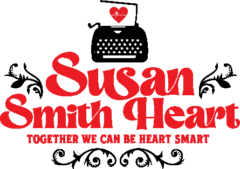
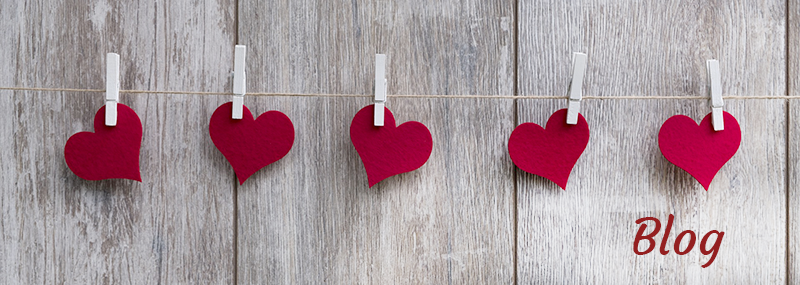
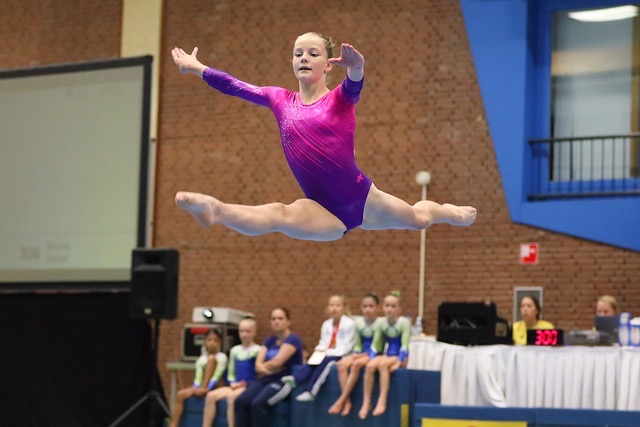
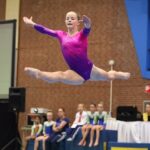

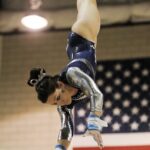
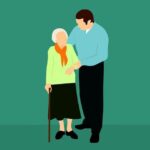
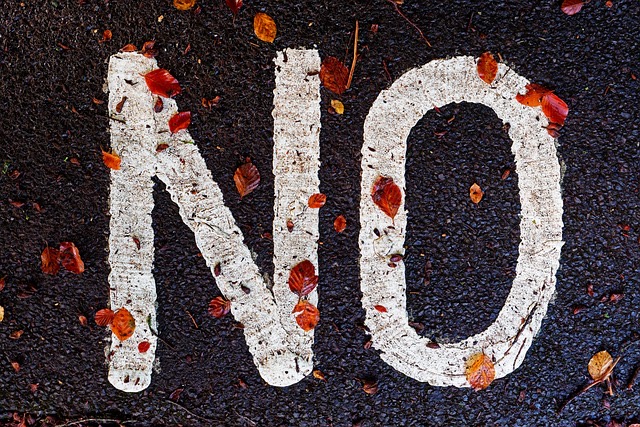
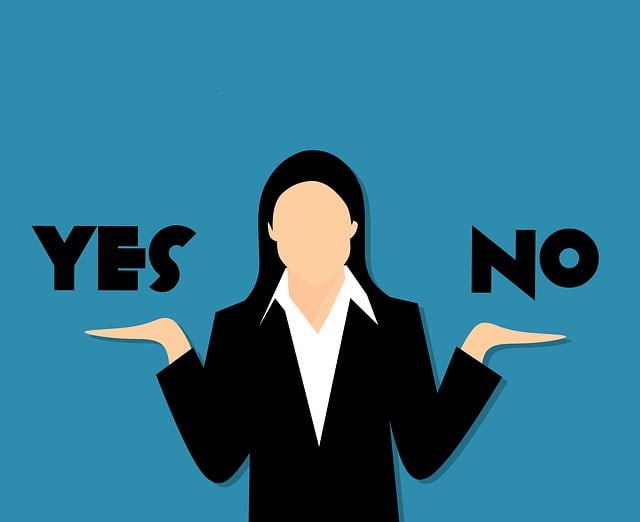 Why is it so hard to say NO?
Why is it so hard to say NO? Here’s a good list of things to say – copy it and use it freely – I did!
Here’s a good list of things to say – copy it and use it freely – I did!

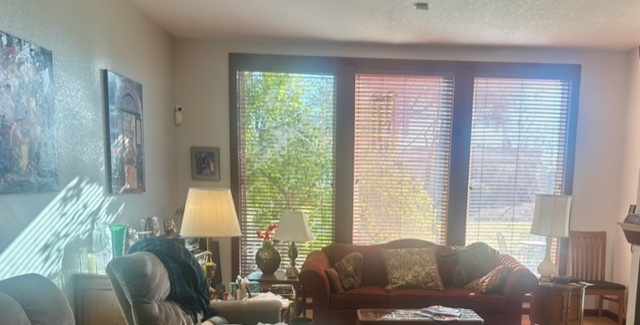 “It will help warm up the room,” I explain to the walls.
“It will help warm up the room,” I explain to the walls.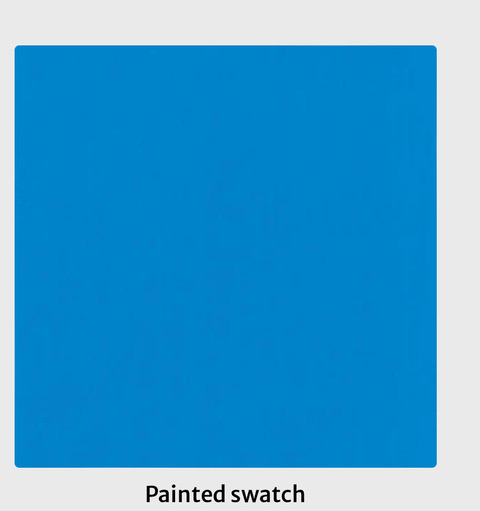 Most blues are considered calm and serene but not this cold winter Arizona sky color – it is bright, bold, intense, and powerful. I finally googled cerulean blue and this is the color swatch that came up. Yup that’s it! Doesn’t it just hit you in the face? Are you squinting right now?
Most blues are considered calm and serene but not this cold winter Arizona sky color – it is bright, bold, intense, and powerful. I finally googled cerulean blue and this is the color swatch that came up. Yup that’s it! Doesn’t it just hit you in the face? Are you squinting right now?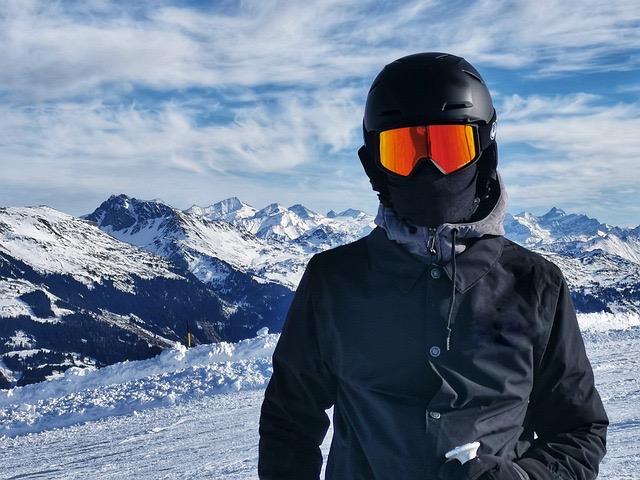 Showing off, I explained, “The sun is high this time of year and its angle to the earth make it really bright! I’ll bet none of the other kids will have those kind of sunglasses.”
Showing off, I explained, “The sun is high this time of year and its angle to the earth make it really bright! I’ll bet none of the other kids will have those kind of sunglasses.”
 After all my own introspecting, I remembered to talk with my heart (I tell how I learned to do this in my book -pg 159 in the paperback) and she was so helpful!
After all my own introspecting, I remembered to talk with my heart (I tell how I learned to do this in my book -pg 159 in the paperback) and she was so helpful!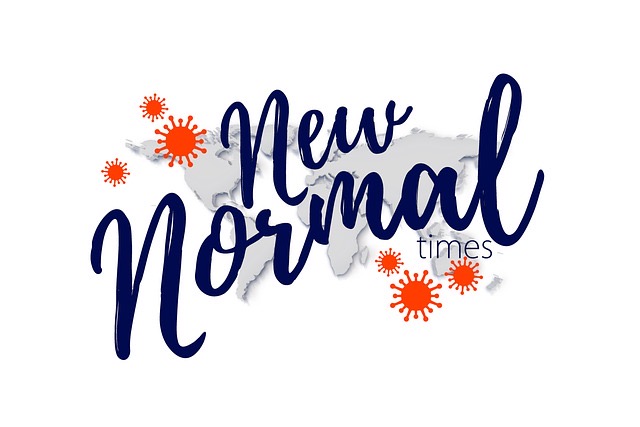
 About a week after the
About a week after the